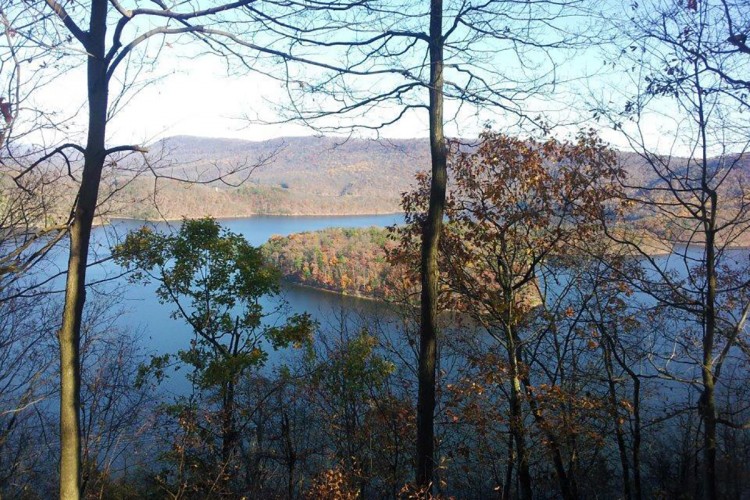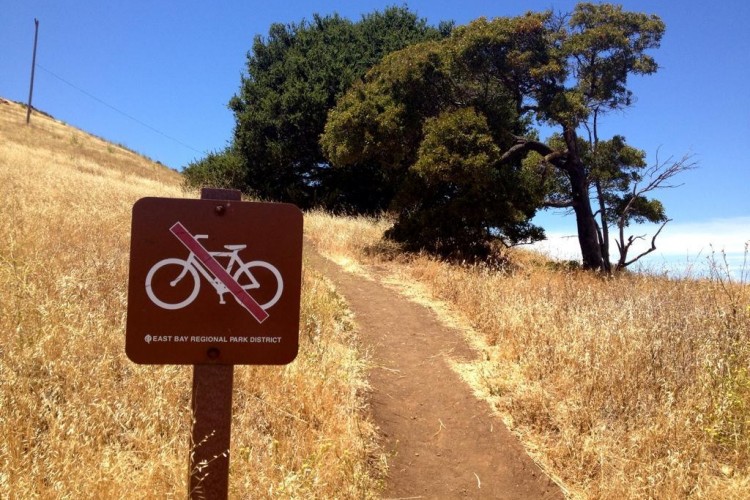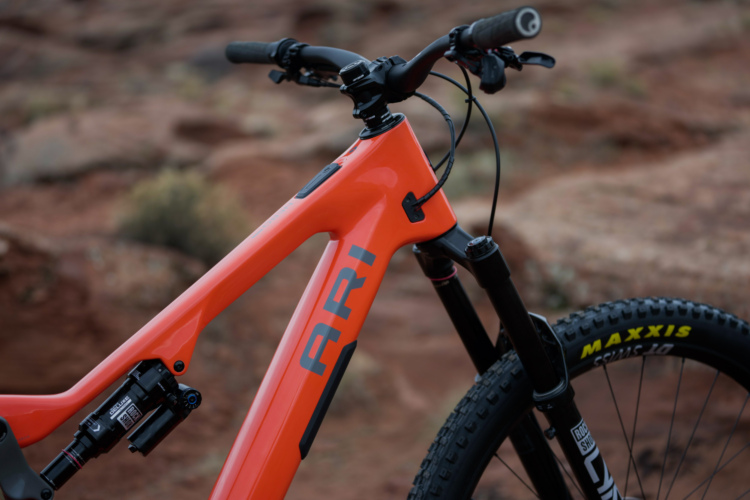
IMBA has officially released the results from their 2016 Member Survey, conducted this spring. 6,299 members completed the survey, representing all 50 states. Note that this survey was only open to IMBA members, and that non-members couldn’t complete it. While more details are available in the infographic above, here are some of the highlights.
76% of survey respondents claimed that mountain bike access in their local area has increased, with 18% saying it stayed the same, and only 6% noting a decrease.
71% of survey respondents believe that the negative image of mountain biking is the biggest threat to gaining more mountain bike access, with politicians/political landscape in spot #2, and environmental organizations in the third spot. However, all three of these seem to me to be related, as the environmental organizations are the ones lobbying politicians to keep mountain bikers out of certain areas, based on the negative perception of mountain biking.
When it comes to the most important issues that IMBA should dedicate its resources towards, these ranked highest:
- Including access for mountain bikes in federal lands
- Including access for mountain bikes in state forest and park lands
- Promoting bike-friendly land use policies at all levels of government
- Promoting positive land managers interactions through relationship building and educational outreach
However, in a press release, IMBA noted that:
Top issues did vary regionally. For example, while “including access for mountain bikes in Congressionally designated Wilderness,” did not rank among top issues nationally, members residing in Montana and California ranked it as a top-four issue. IMBA’s regional staff and chapters assess these regional priorities and continue to focus advocacy efforts on future Wilderness proposals and recommendations that meet IMBA’s Wilderness strategy criteria.
While I appreciate that IMBA did break out the Wilderness question into its own bullet, it seems interesting to me that “access for mountain bikes in federal lands” was the top issue, according to 66% of correspondents. However, that bullet point doesn’t say exactly which federal lands IMBA should be working to gain access to. Since Congressionally-designated Wilderness is indeed federal land, it doesn’t seem to me that these two goals are distinct from each other.
The infographic notes that 9 out of 10 members prefer to ride cross country singletrack, but it also looks like almost 8 out of 10 members also prefer to ride all mountain singletrack. If you group these two categories together (which are both significantly larger than category number 3), the broader category that could encompass both of them is “epic singletrack.” Based on the other categories in the survey results, IMBA members prefer to ride what could generally be considered classic singletrack trails or standard XC/AM trail systems. They aren’t fans of gravity trails, lift-served bike parks, in-town bike parks, and highly-developed areas in general. With IMBA’s recent emphasis on in-town bike parks and certain public gravity trails, it seems like they’ve been missing the majority of their constituency with those projects.
According to the release, these survey results will impact “IMBA’s plans for 2016 through 2020.” The IMBA World Summit is taking place in Bentonville, Arkansas this November 10-12, so hopefully we will soon learn more about IMBA’s plans for the next four years.





















2 Comments
Nov 2, 2016
Nov 4, 2016
What it shows is that 71% of mtn bikers feel image is A threat. Not the same thing.